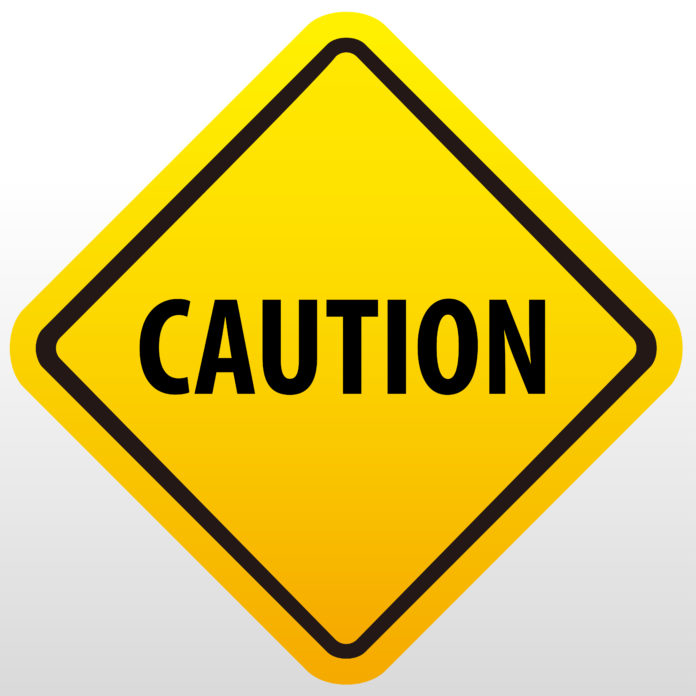2014 was another historical year for Wall Street. The blue-chip Dow Jones Industrial Index reached its all-time high 37 times, while the broader S&P 500 reached a new apex on a whopping 52 occasions!
So it might surprise you to learn that it was actually a below-average year for the Dow, which grew 7.5 percent in 2014. Since 1988, however, the Dow has averaged a yearly return of 9.7%, making 2014 a mild disappointment to some investors.
What does it all mean for 2015? The longest the Dow has ever gone without showing a negative annual return is nine years (1991-1999). 2014 marked the sixth consecutive positive year for the index. Will 2015 be the year things turn? Many Wall Street experts are calling for caution, saying that any returns this year could be more modest than those of the past several years. Here are a few factors that are contributing to their uncertainty.
End of Quantitative Easing: Barring a reversal in policy from the Federal Reserve, 2015 will be the first year in some time without any ‘easy-money’ policies in effect. In fact, the Dow’s six-year winning streak has been aided by federal government purchases of mortgage-backed securities during each of those years.
With the Federal Reserve wrapping up the latest QE program last October, and stating its commitment to raising interest rates sometime this year, it appears the markets won’t have any outside influences helping them along in 2015.
Struggling Global Economies: What do China, Greece, Japan and Russia have in common? Each enters 2015 with considerable concern clouding consumers’ outlooks in regards to their respective economies.
China has been dealing with diminishing growth for some time now, and experts don’t believe the situation is set to improve anytime soon. Just before the New Year, citizens of Greece failed to elect a new president, leading to rising concerns that the country may depart the European Union—thus defecting from the Euro—altogether. Forbes found that the birth rate in Japan has been steadily decreasing for over 40 years, a phenomenon that suggests the worst is still ahead economically.
But we’ve saved the worst for last. Russia is starting to feel the sting of economic and trading sanctions stemming from ongoing unrest in Ukraine, and the country’s government has already admitted that 2015 will see the start of a recession.
These are four significant world economies whose projections affect everyone—including the United States. It’s just a matter of time until the markets start to account for these struggles in their own way.
Energy Sector: As refreshing as lower oil prices have been for consumers—leading to much lower gasoline prices—they’re beginning to have the opposite effect on Wall Street.
As of Monday morning, oil prices were treading dangerously close to the $50 per barrel level, a figure some experts previously believed was the lowest prices would fall. While those experts re-calculate, the continuing plummet takes a chunk out of their portfolios. In just two hours of trading Monday, the Dow had fallen 1.5% due in large part to another 4.5% drop in oil prices.
As you ring in the New Year, resolve to keep a close eye on these market ‘warning signs’ to protect your assets in 2015.













